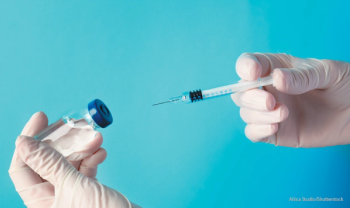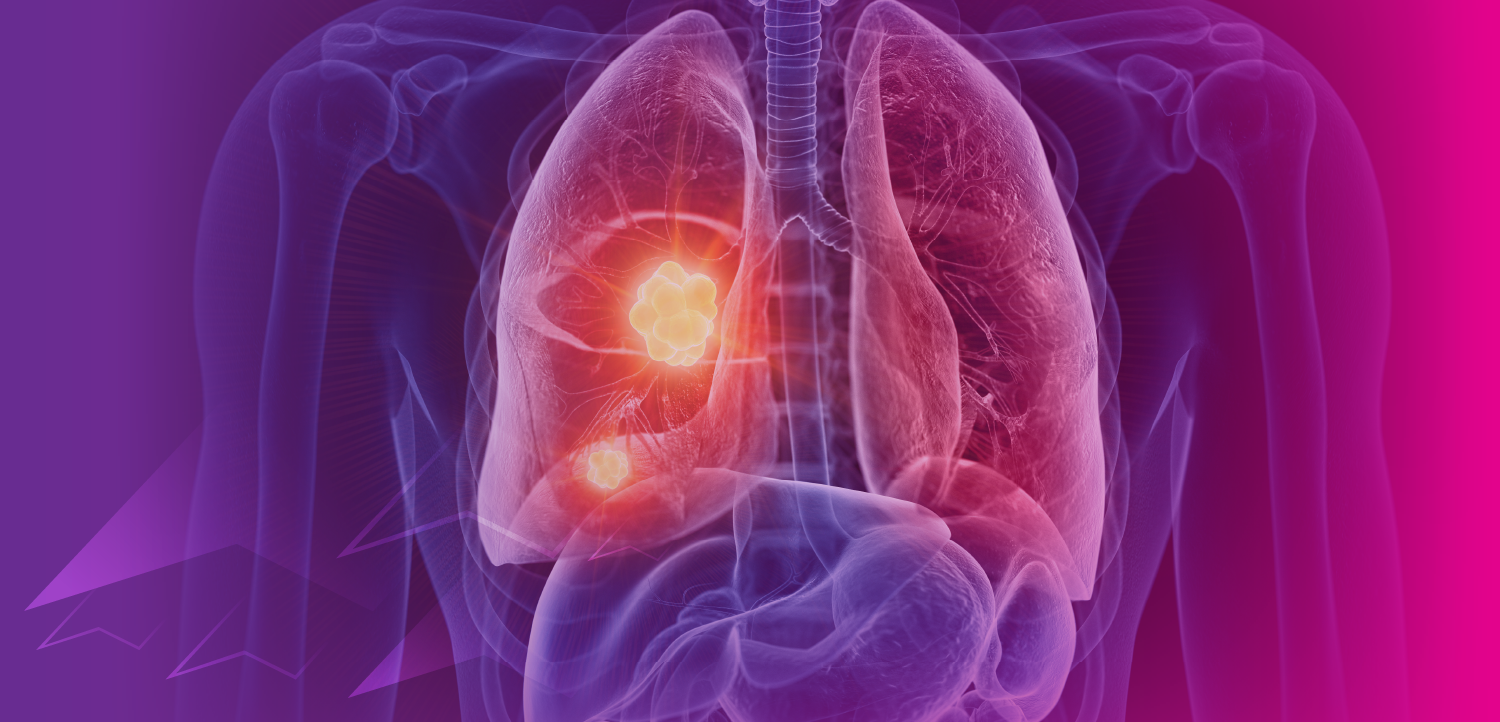
- Managed Healthcare Executive
- Volume 28
- Issue 10
PBM Performance-Based Pharmacy Networks Aim to Cut Costs
Innovative PBM performance-based pharmacy networks focus on reducing costs and Improving clinical outcomes
The success of performance-based, retail pharmacy networks for Medicare Part D is prompting some PBMs to create similar ones for their commercial and Medicaid populations. Incentives for pharmacies that demonstrate improvement in medication adherence for certain chronic conditions and increased engagement are at the core of these networks.
“These networks need to strike the right balance between cost and safety and can run the gamut of pay-for-performance to shared savings to risk-bearing models based on patient outcomes,” says Crystal Lennartz, vice president, pharmacy performance for Health Mart Atlas, a pharmacy services administrative organization (PSAO) under the McKesson umbrella.
Lennartz attributes these networks to the advent of preferred benefit structures, with performance and more dollars tied to contracts to improve the health of plan beneficiaries and ultimately, reduce overall healthcare costs.
She says the trend began in 2016, when PBMs introduced variable direct and indirect remuneration (DIR) fee rates (e.g., based on a percentage instead of a flat dollar fee), in which pharmacies and PSAOs could achieve a lowered DIR amount if they met performance metrics.
Lennartz indicates that DIR makes performance-based networks in Medicare more punitive than in other populations. “A pharmacy could lose money when processing a claim through Part D, which is often correlated with arbitrary performance measures,” she says.
In 2018, all of Health Mart Atlas’ more than 6,800 pharmacies are in some type of performance-based network, including DIR designs. Lennartz says 2,000 of its pharmacies are eligible to participate in the true incremental, pay-for-performance programs across 47 states-nearly doubling over 2017. Total dollars committed to the program also have nearly doubled since last year.
Express Scripts to launch commercial, Medicaid networks
Jennifer Awsumb, senior director, network products, Express Scripts, agrees with Lennartz that the concept of performance-based networks isn’t new. The PBM is using its experience with value-based contracting in Medicare in 2017, and extending it to Medicaid and commercial populations. “We focused on Medicare initially because of Star Ratings and because our clients wanted solutions with pharmacy at the center,” she says.
Express Scripts is launching a 12-month pilot this fall, addressing pharmacy performance in its commercial and Medicaid populations. It is designed to optimize medication therapy management, improve adherence, and promote better outcomes. As many as 35,000 pharmacies, including national chains, grocery store pharmacies, and community pharmacies, will participate in the pilot.
These pharmacies will be able to track their own performance and identify gaps in care via a web portal, while participating plan sponsors select four therapy classes they feel need improvement in medication adherence, such as diabetes, high cholesterol, hypertension, and asthma, and use results to measure each pharmacy's performance.
Pilot metrics are recognized by the Pharmacy Quality Alliance, some of which are similar to CMS Star Ratings measures, but are not identical. These measures are adherence to diabetes medications and to renin angiotensin system antagonists for hypertension and use of statins for diabetes patients.
Express Scripts chose proportion of drugs covered, or what percentage of days a patient has a medication, for diabetes, high cholesterol, and hypertension; use of a controller vs. a short-acting rescue inhaler; and opioid overlap with benzodiazepine for the commercial and Medicaid performance network that officially starts January 1, 2019. Like the pilot, it will include 35,000 pharmacies.
Awsumb says that the PBM deliberately chose only three metrics for the pilot and five for the 2019 network because pharmacies indicated that too many measures could become overwhelming.
Retailers in the network pilot and in the 2019 network will compete against each other, incentivizing them to continuously improve their performance through relative assessment, rather than predefined benchmarks. The lowest performers will be penalized, but not based on a benchmark.
Prime Therapeutics highlights quality improvement in networks
Prime Therapeutics is seeing growth in adoption of performance-based networks by health plan clients and pharmacies who are looking to differentiate their plans, says Bretta Grinsteinner, assistant vice president, network management for the PBM.
Prime has 11 health plans using performance-based networks for Medicare related to disease-specific conditions and specialty drugs. Like Express Scripts, the PBM also is expanding its system infrastructure to support commercial and Medicaid plans.
Prime’s quality program in Medicare uses metrics appropriate for the line of business and/or goals of each health plan, including measures such as adherence to oral diabetes, hypertension, autoimmune, and cholesterol medications; statin use in individuals with diabetes; high-risk medication dispensing; generic dispensing; and comprehensive medication review completion rates, says Grinsteinner.
The PBM plans to add adherence to anti-retroviral medications and statin use in individuals with cardiovascular disease, along with building quality programs around HIV, specialty multiple sclerosis, and autoimmune diseases including rheumatoid arthritis.
Pharmacies are measured at the individual pharmacy location on a year-to-date score with three measurement periods and receive a performance rating on a scale of one to five for each measurement period. Performance in the higher two tiers earns incentives.
Pharmacies that receive a rating in the middle tier can earn incentives if there has been improvement over the course of the year. Prime meets monthly with pharmacies and clients to review performance ratings and identify pharmacies/measures that need attention.
Grinsteinner anticipates that performance networks that enable health plans and pharmacies to improve outcomes and increase adherence will reduce hospitalizations and emergency visits, thus saving money. In Prime’s Medicare book of business from 2015 to 2017, adherence for performance-based network pharmacies improved by 3.7%, nearly twice as much as the non-performance-based network pharmacies, whose improvement increased by 1.9%, she says.
CVS Health follows suit
In fall 2017, CVS Health initiated a new 30,000 store, performance-based, pharmacy network anchored by CVS Pharmacy and Walgreens, along with up to 10,000 community-based, independently owned pharmacies across the country. The network is designed to improve clinical outcomes and help lower costs for CVS Caremark PBM clients and their plan members, according to CVS spokesperson Christina Beckerman.
The performance network uses a value-based management approach to achieve improved outcomes through medication adherence for diabetes, hypertension, respiratory conditions, depression, and behavioral health. It also helps to provide cost savings through formulary compliance.
Savings will vary, but clients moving from a national network can expect to save up to 4% in gross pharmacy spending, Beckerman says. Pharmacies are encouraged to implement their own proprietary programs and work flow processes to achieve results, such as encouraging members to take their medications as instructed, improving overall health, and lowering costs for patients and payers, not just dispensing medication.
“Across healthcare, we are seeing a shift away from fee-for-service to more value-based reimbursement and payment models,” Beckerman says. “In pharmacy care, we expect network design options that align incentives and outcomes to also grow as payers look for new ways to help contain costs and drive better health outcomes for their member populations.”
Mari Edlin, a frequent contributor to Managed Healthcare Executive, is based in Sonoma, California.
Articles in this issue
about 7 years ago
Three Pieces of Healthcare Legislation to Watchabout 7 years ago
Top 5 Disruptive Trends to Watch in Healthcareabout 7 years ago
Technologies Seek to Ease Chronic Pain: 4 Devices to Watchabout 7 years ago
Five Disruptors Healthcare Executives Must Watchabout 7 years ago
What Health Orgs Should Do as Cancer Treatment Costs IncreaseNewsletter
Get the latest industry news, event updates, and more from Managed healthcare Executive.



















































